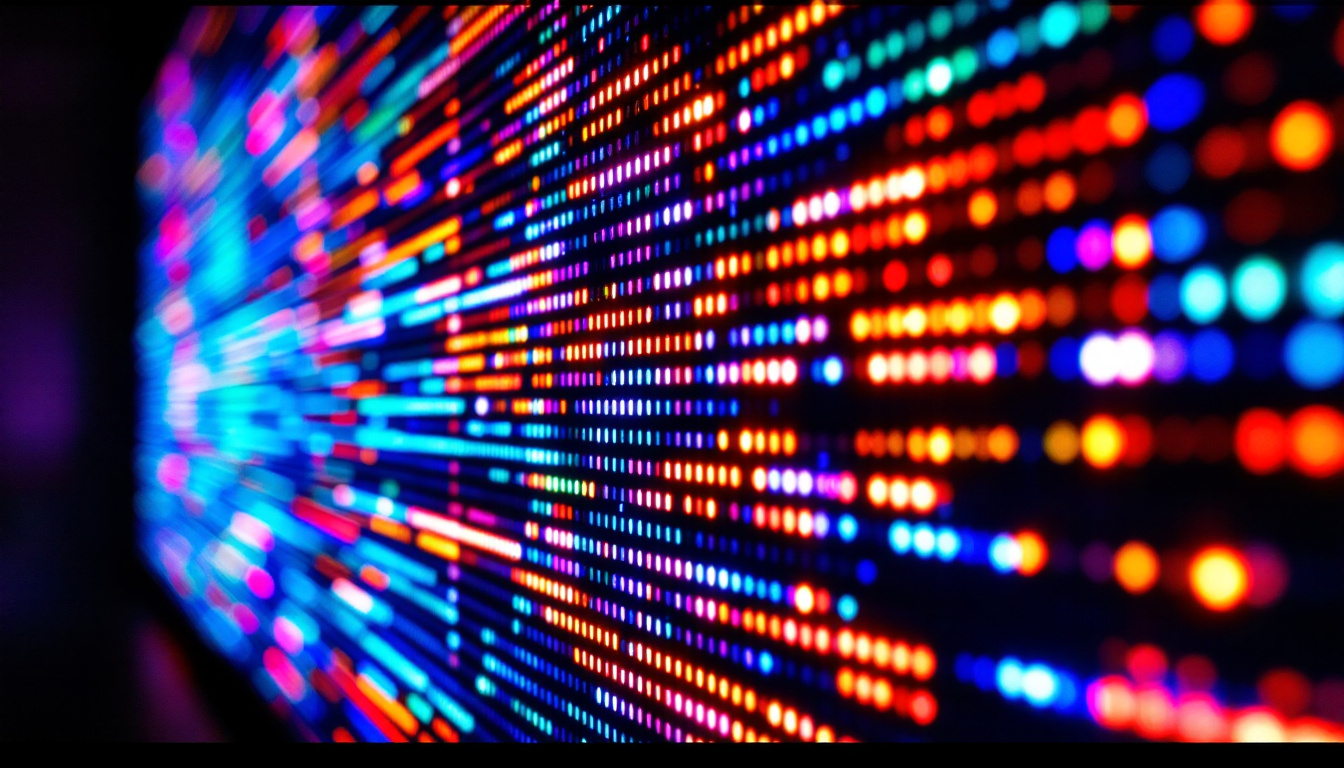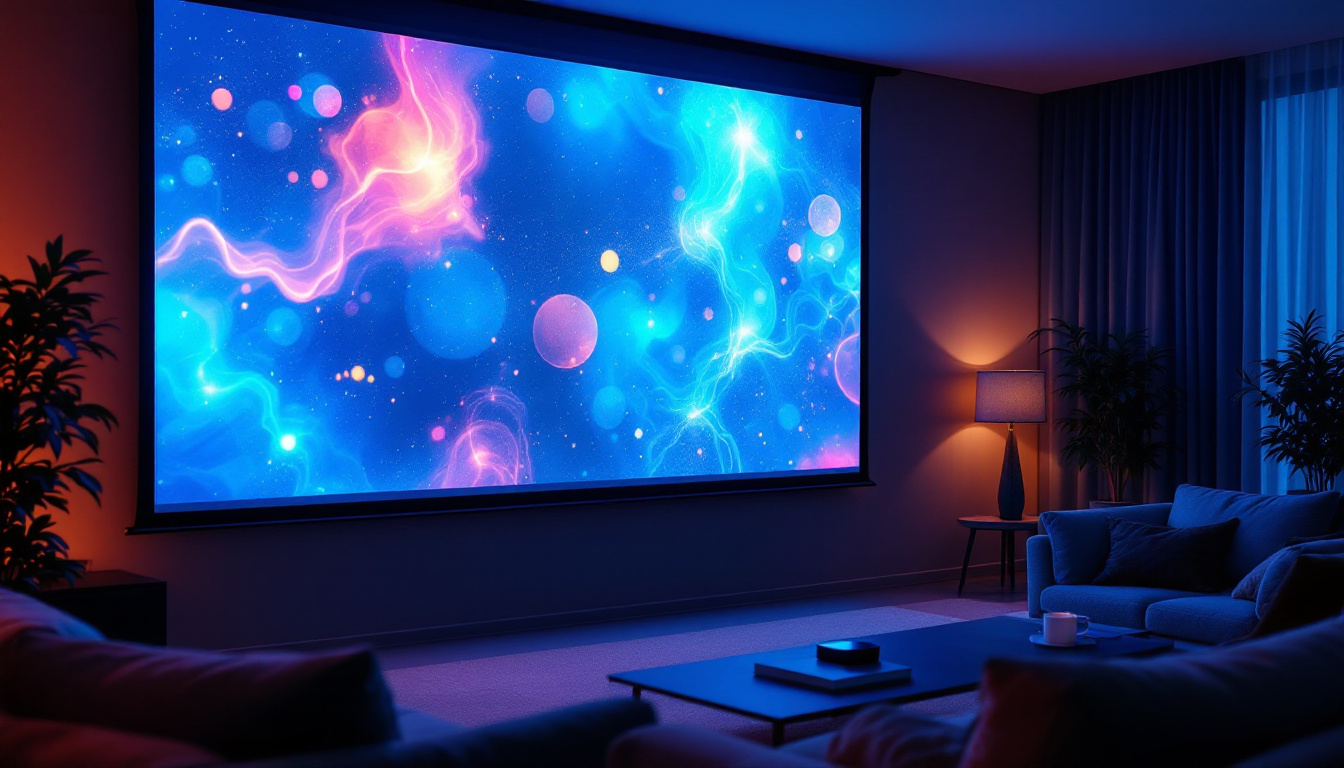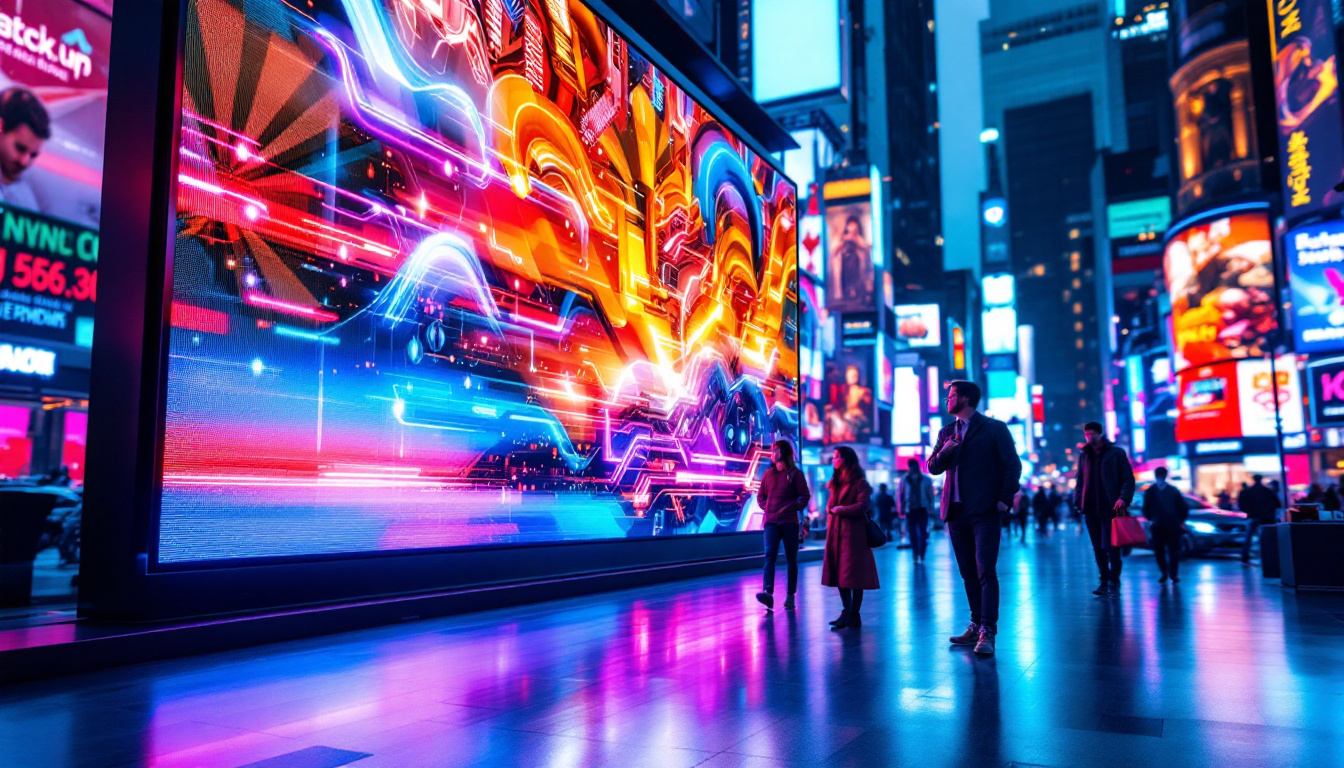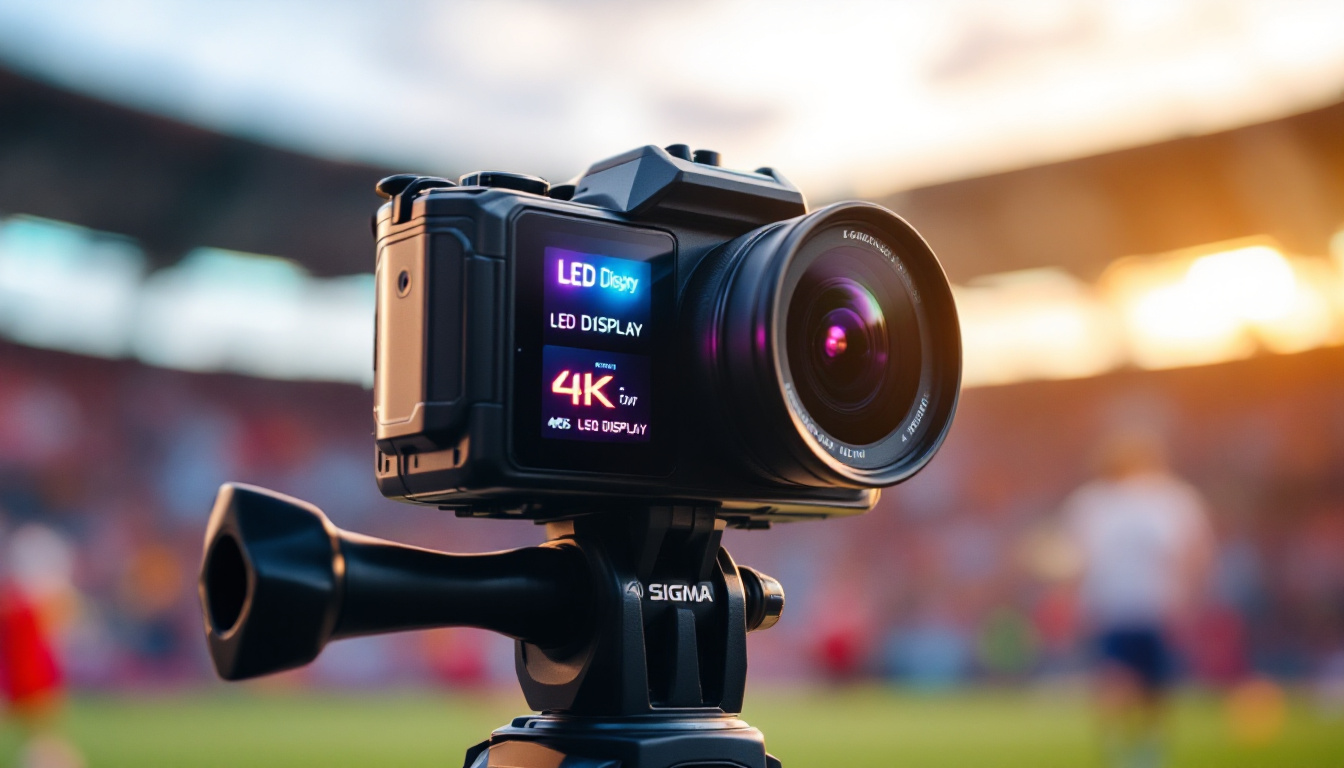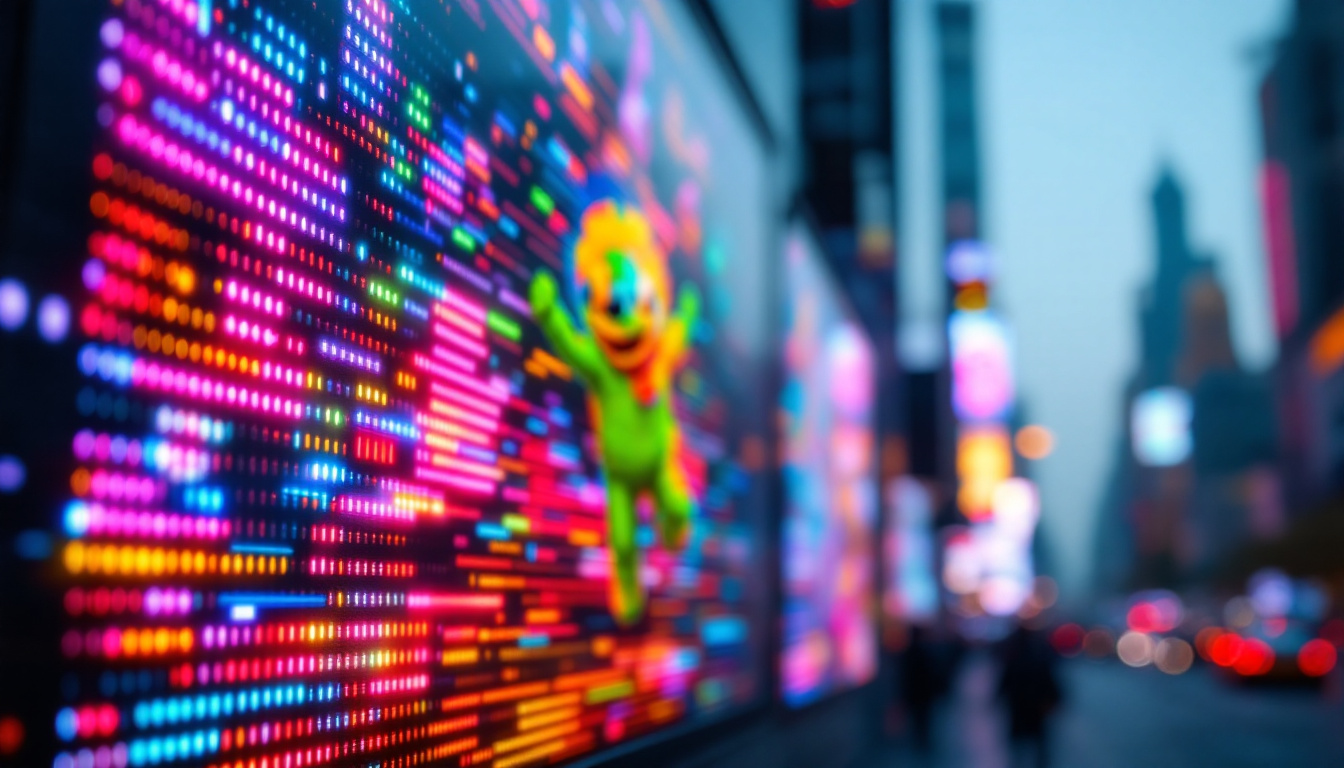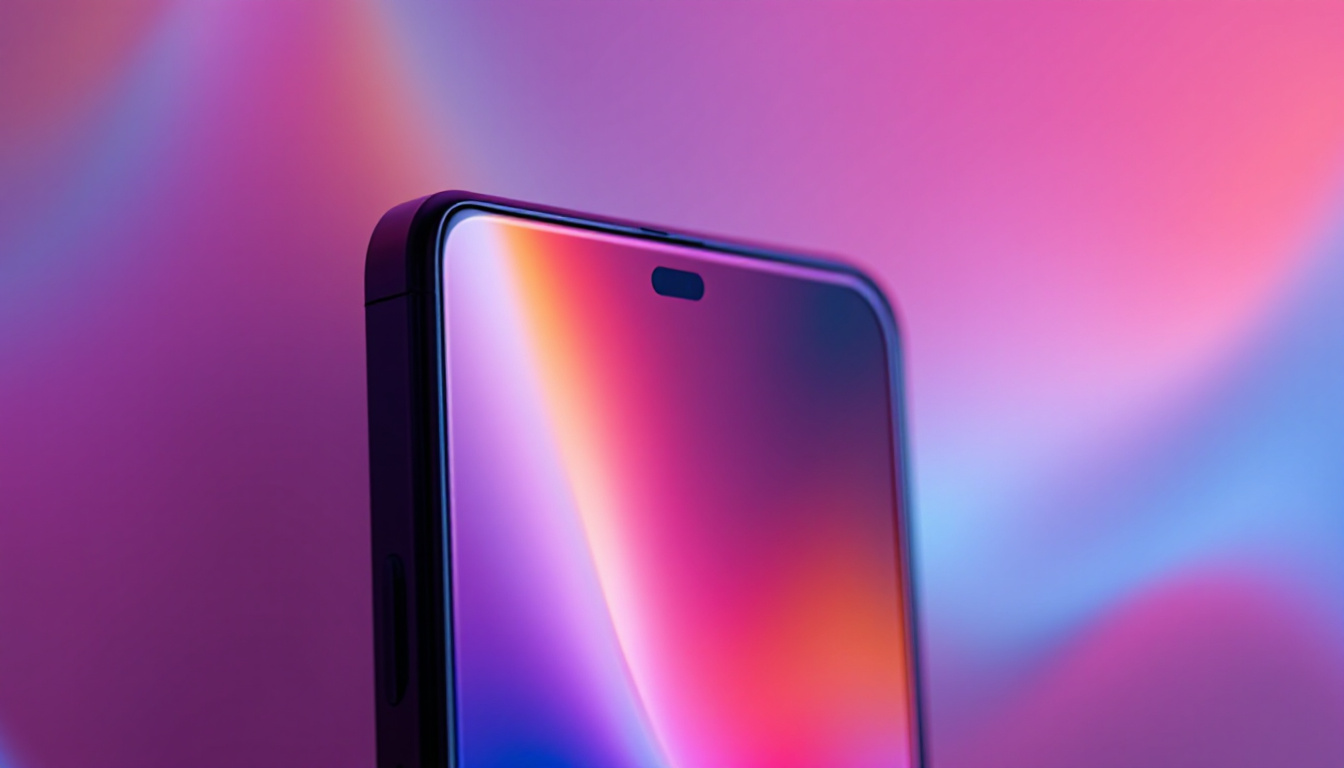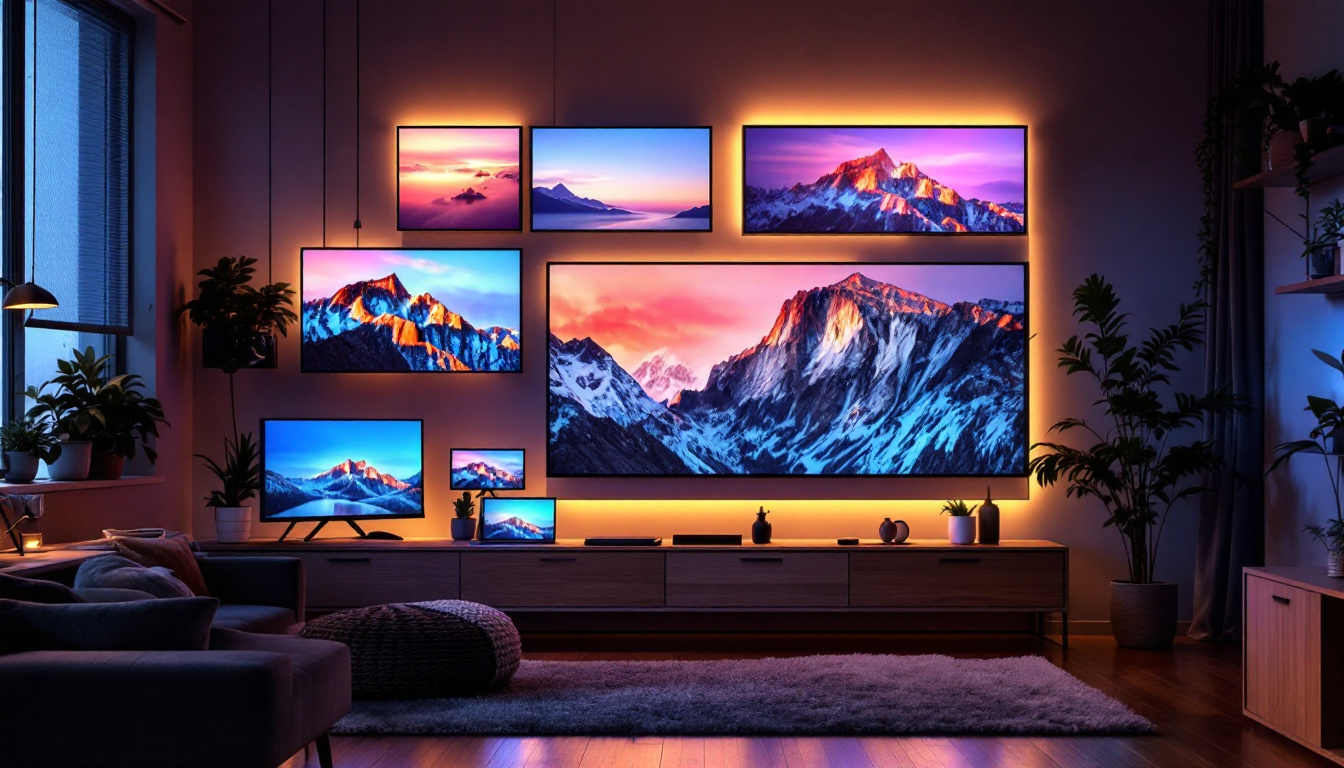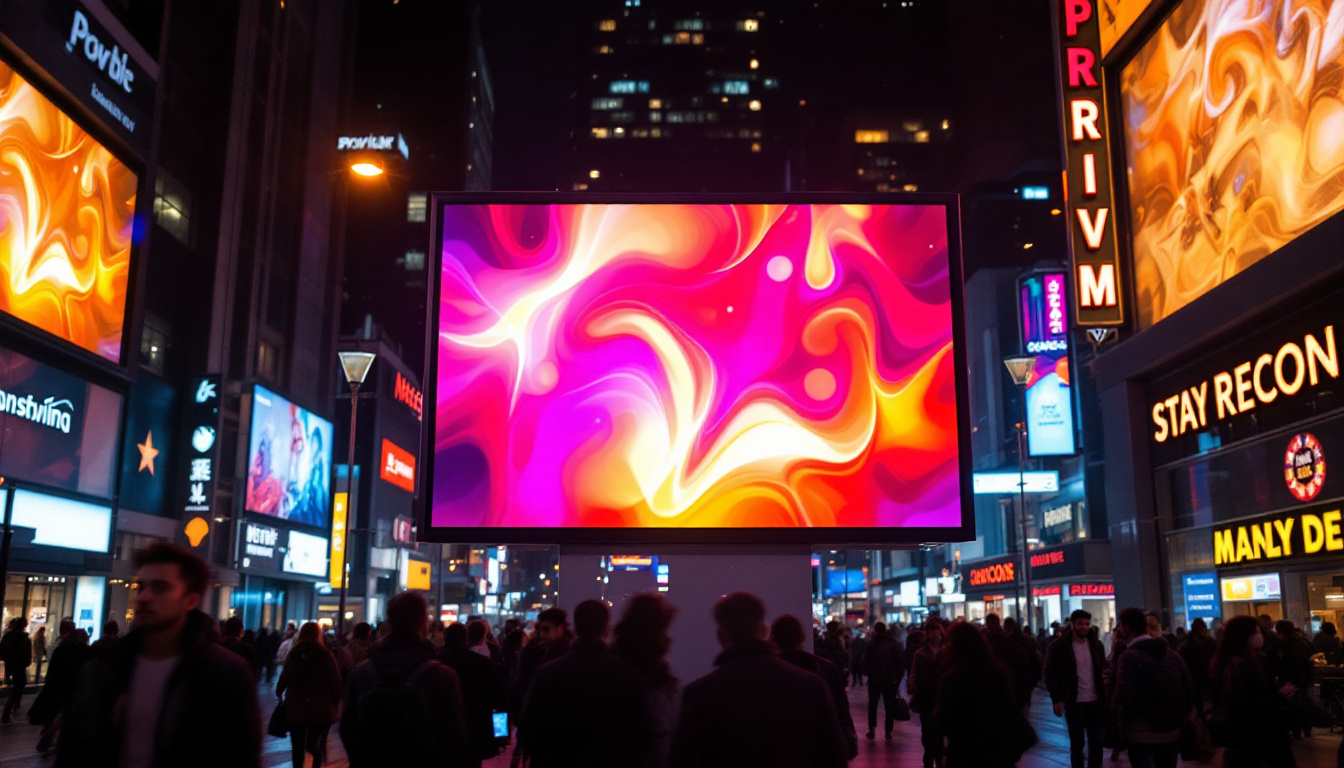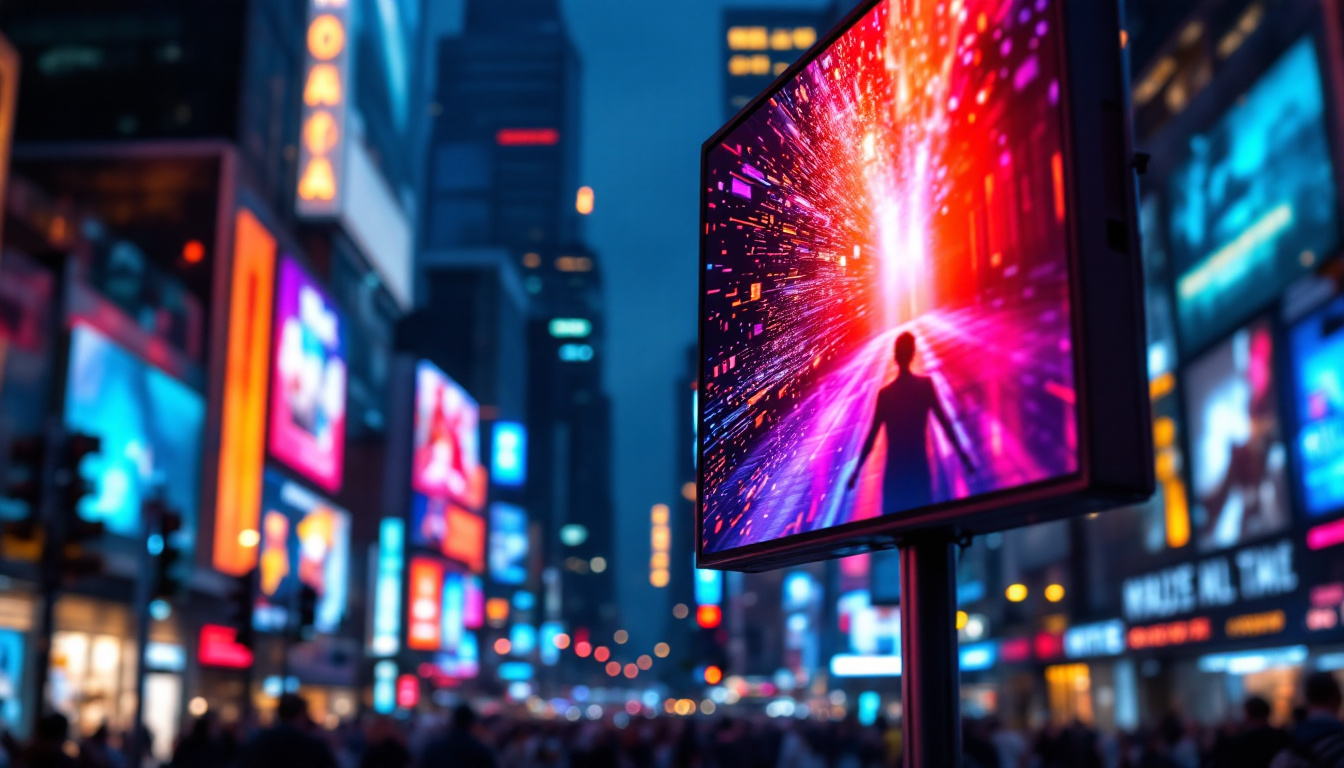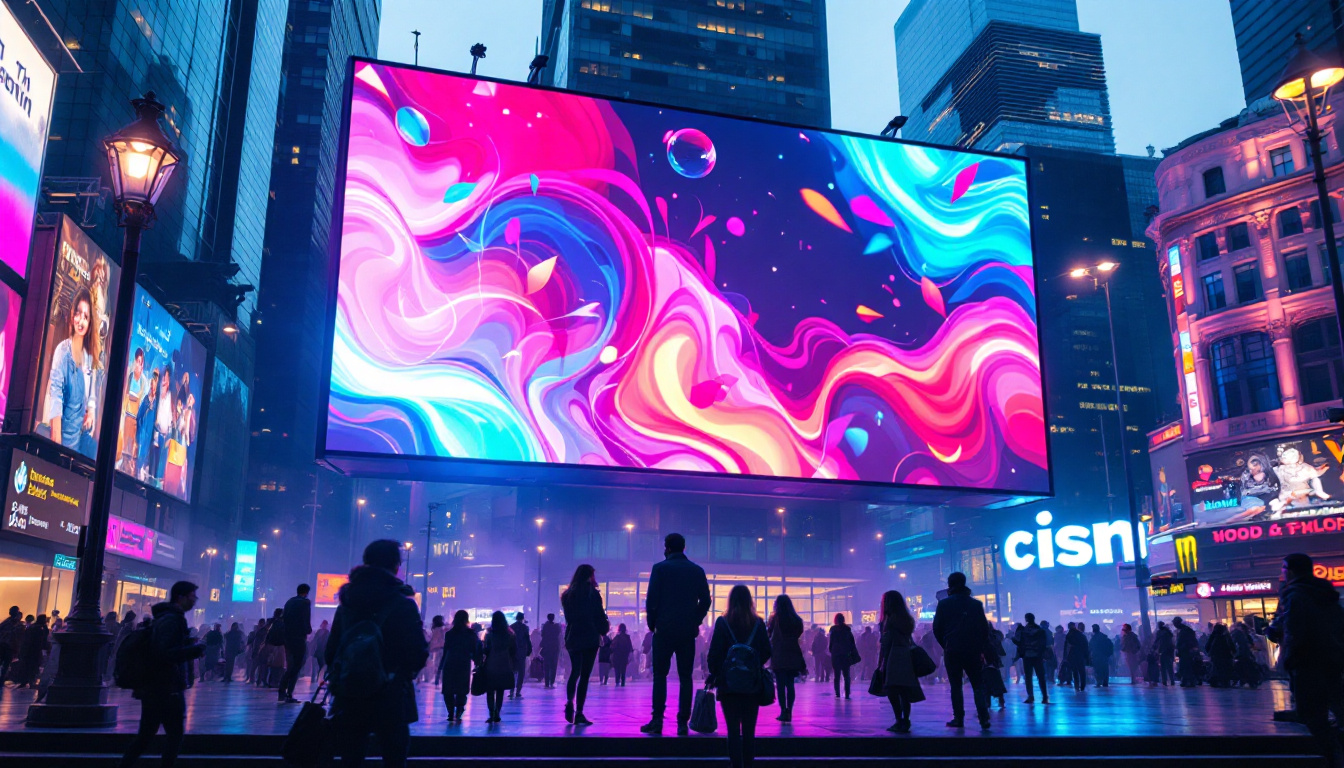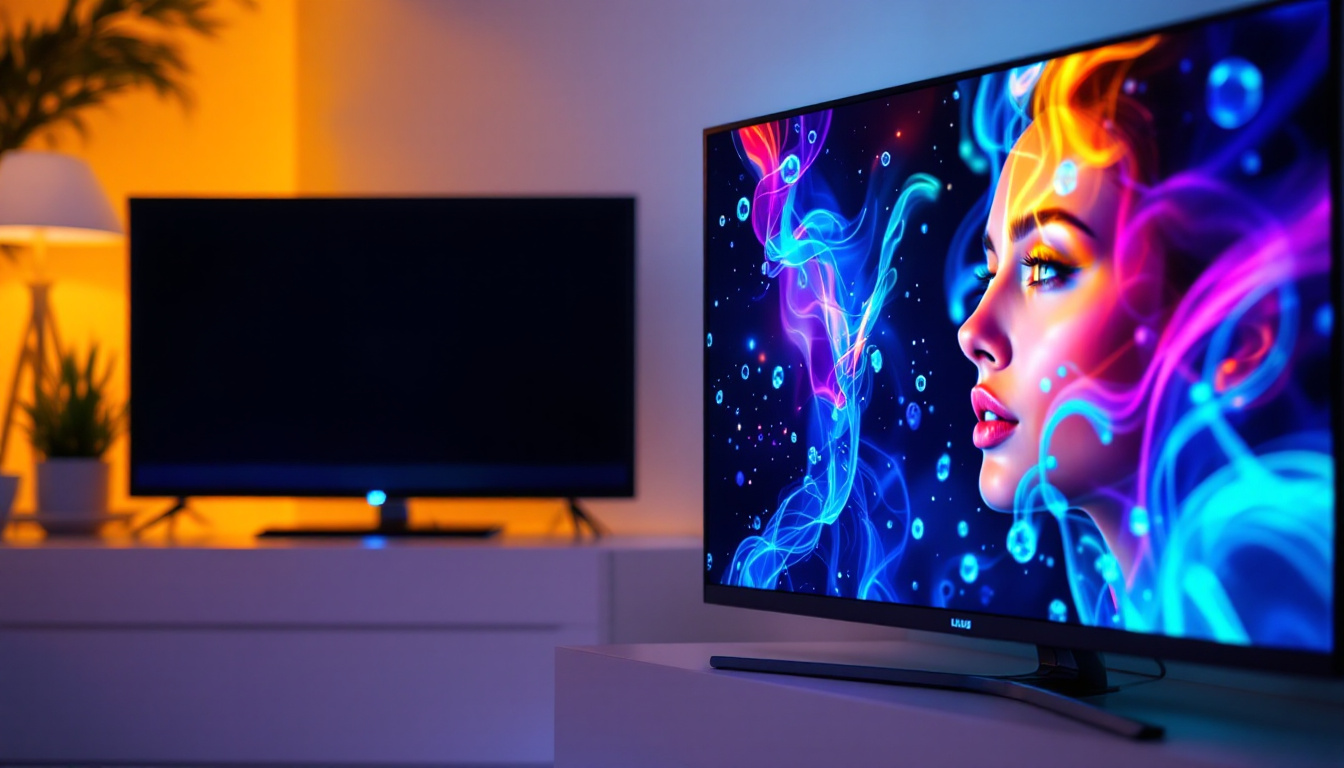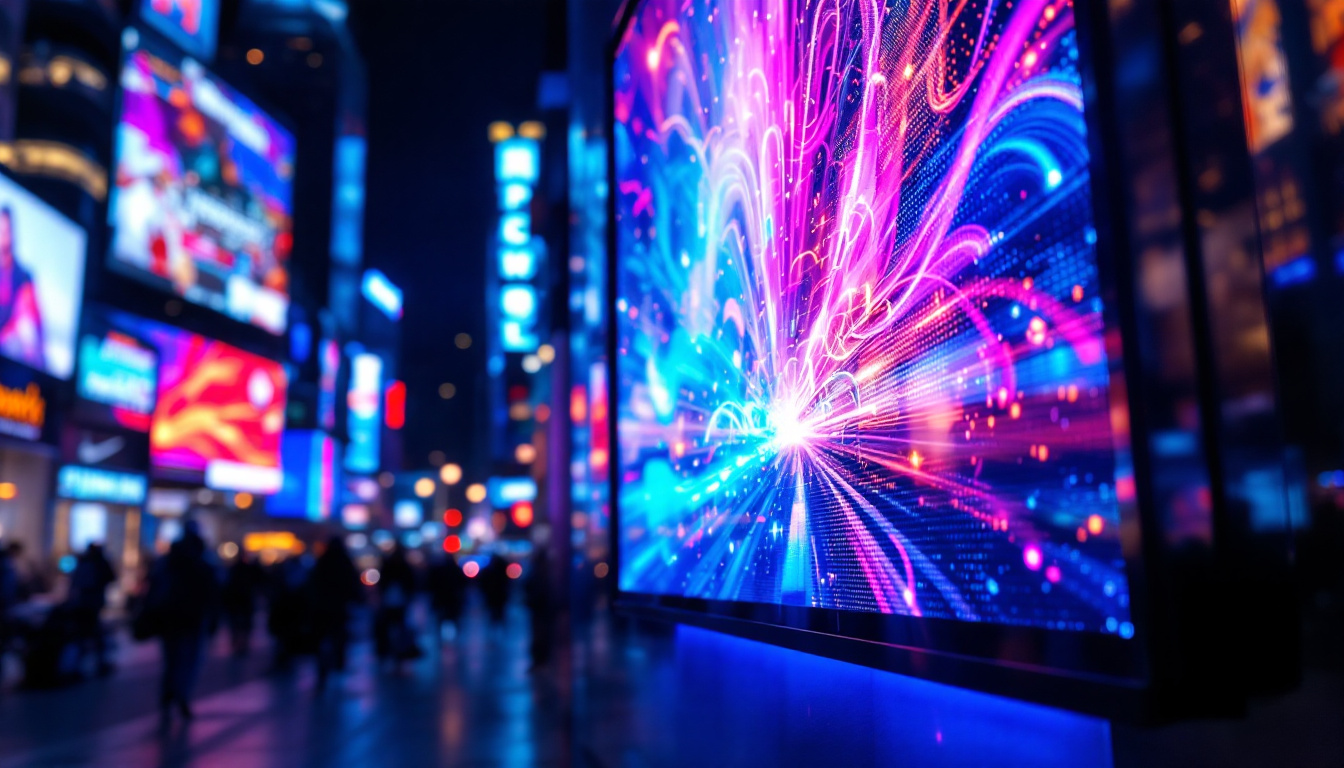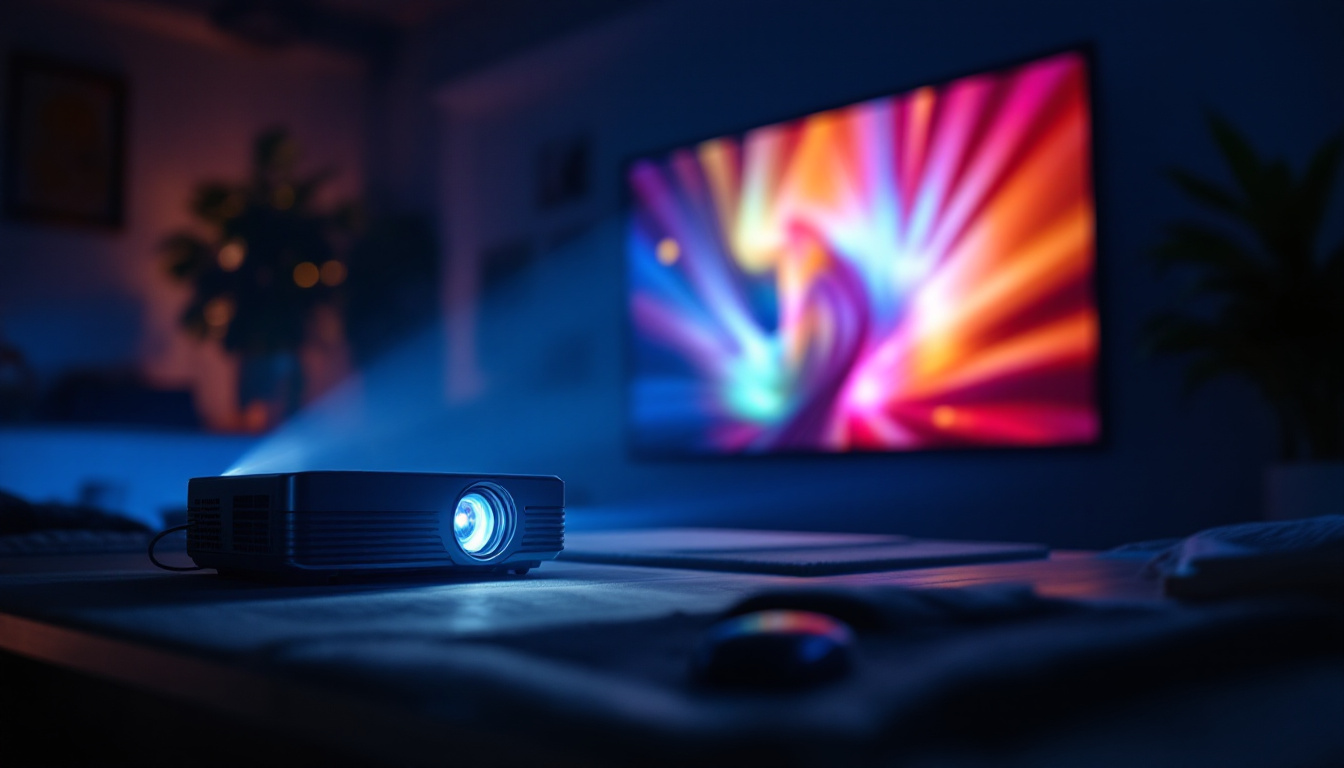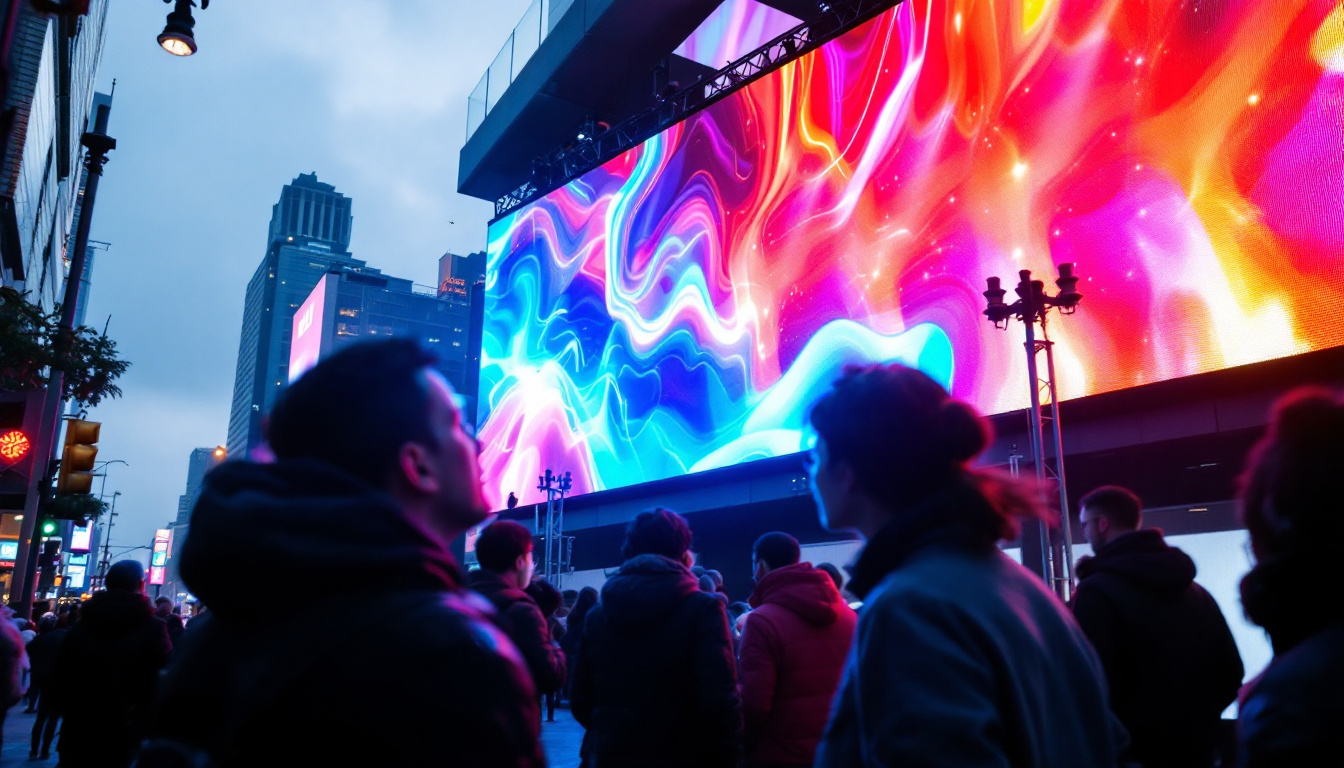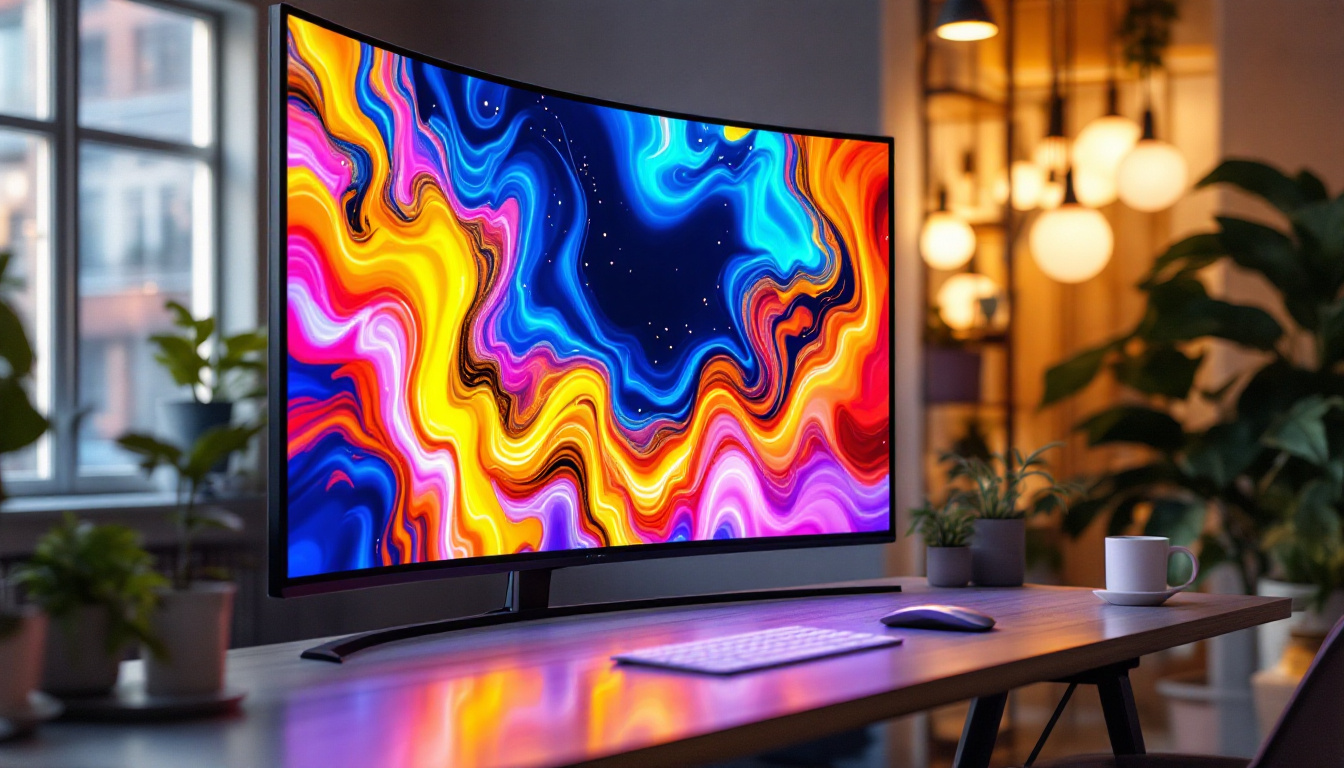In the world of digital imaging, the choice between JPG and PNG formats can significantly influence the quality and effectiveness of printed materials. This decision becomes even more critical when considering LED displays, which are increasingly used for advertising, presentations, and art installations. Understanding the differences between these file formats and their implications for print quality is essential for anyone involved in graphic design or digital marketing.
Understanding JPG and PNG Formats
Both JPG and PNG are popular image formats, but they serve different purposes and have distinct characteristics. Knowing these differences can help in making informed decisions about which format to use for various applications, especially in print media.
The JPG Format
JPG, or JPEG (Joint Photographic Experts Group), is a widely used format for digital photography and web images. It employs lossy compression, which reduces file size by discarding some image data. This compression is particularly effective for photographs, where subtle color changes are less noticeable. However, this can lead to a loss of detail, especially in areas with sharp contrasts or intricate patterns.
One of the primary advantages of JPG is its ability to maintain a balance between image quality and file size. This makes it ideal for web use, where quick loading times are essential. However, for print purposes, the loss of detail can become problematic, particularly in high-resolution applications. Additionally, JPG images can exhibit artifacts, such as blurriness or blockiness, especially after multiple edits and saves. This is due to the cumulative effect of lossy compression, which can degrade the image quality over time. Therefore, while JPG is a convenient format for casual photography and online sharing, it is advisable to keep a high-quality original in a different format for any professional use.
The PNG Format
PNG, or Portable Network Graphics, is a format designed for high-quality images with lossless compression. This means that no data is lost during the compression process, preserving the original image quality. PNG supports transparency, making it an excellent choice for graphics that require a clear background, such as logos and icons.
While PNG files tend to be larger than JPGs, they are preferred for images that require high fidelity and detail, especially in print. This format is particularly effective for illustrations, text-heavy images, and graphics with sharp edges. However, the larger file size can be a disadvantage when it comes to web usage, where speed is crucial. Furthermore, PNG supports a wider range of color depths, allowing for more vibrant and detailed images. This capability makes it a go-to choice for designers and artists who want to ensure that their visuals maintain their integrity across various platforms. Additionally, PNG’s support for indexed color can help reduce file sizes for simpler images, striking a balance between quality and efficiency. As a result, understanding the strengths and weaknesses of both formats can significantly enhance the quality of visual content in both digital and print media.
Choosing the Right Format for Print
When it comes to printing images, the choice between JPG and PNG can significantly affect the final output. Several factors should be considered to make the best decision for specific printing needs.
Image Quality and Detail
For high-quality prints, particularly those that involve intricate details or require precise color reproduction, PNG is often the better choice. Its lossless compression ensures that every detail is preserved, making it suitable for professional prints, fine art reproductions, and any application where clarity is paramount.
Conversely, JPG may suffice for less demanding print applications, such as casual photographs or images where slight detail loss is acceptable. However, it is crucial to use high-resolution JPG files to minimize the impact of compression artifacts on the final print quality. In situations where images are enlarged, the difference in quality becomes even more pronounced, as PNG files maintain their sharpness and vibrancy, while JPGs may appear pixelated or blurry.
File Size Considerations
File size is another critical factor when choosing between JPG and PNG. JPG files are typically much smaller, which can be advantageous for storage and quick transfers. This is particularly relevant in scenarios where multiple images are needed, such as in presentations or large-scale print jobs.
However, the trade-off is that smaller files may compromise image quality. For high-quality prints, investing in larger PNG files may be worthwhile, especially if the final product demands the best possible visual fidelity. Additionally, when working with large batches of images, the efficiency of file handling can impact workflow; thus, understanding the balance between file size and quality is essential for any printing project.
Color Depth and Transparency
PNG supports a broader range of colors and includes an alpha channel for transparency, making it ideal for images that require layered effects or need to blend seamlessly into backgrounds. This is especially useful for graphic designers creating marketing materials or digital art that will be printed.
In contrast, JPG does not support transparency and has a limited color depth compared to PNG. This limitation can restrict creative possibilities in print design, particularly for projects that require overlays or specific color effects. Furthermore, the ability to manipulate transparency in PNG files allows for innovative designs, such as watermarks or intricate logos that can be placed over various backgrounds without losing visual integrity. As such, for projects that demand a high level of customization and artistic flair, PNG is often the preferred format, enabling designers to push the boundaries of their creativity.
LED Displays and Image Formats
LED displays are becoming increasingly popular for advertising and presentations due to their vibrant colors and high visibility. However, the choice of image format can significantly impact how images are rendered on these screens, which in turn affects print quality.
Image Resolution and Clarity
When displaying images on LED screens, resolution plays a crucial role. Higher resolution images ensure that the display produces sharp, clear visuals. For LED displays, JPG files can be effective due to their smaller size, which allows for quicker loading times. However, if the source image is of low resolution, the resulting display may appear pixelated or blurry.
For applications where clarity is essential, such as digital signage or high-stakes presentations, using PNG files can provide the necessary detail and color accuracy. The lossless nature of PNG ensures that the image maintains its integrity when displayed, making it a preferred choice for high-quality LED applications. Additionally, the transparency feature of PNG files allows for more creative designs, enabling overlays and intricate graphics that can enhance the visual appeal of the display.
Color Accuracy and Consistency
Color accuracy is critical for LED displays, especially in advertising where brand colors must be represented correctly. PNG files, with their higher color depth, can provide more accurate color reproduction than JPGs. This is particularly important when dealing with logos and graphics where color fidelity is paramount. Furthermore, the ability of PNGs to support a wider color gamut means that subtle gradients and shades can be rendered more effectively, making them ideal for images that require a high level of detail.
Moreover, using PNG files can help maintain consistency across different displays. Variations in color rendering between different LED screens can be minimized when using high-quality, lossless images, ensuring that the intended message is conveyed effectively. This consistency is vital in multi-screen setups, where the same content is displayed across various devices, as it helps to create a unified visual experience for the audience.
Best Practices for Using JPG and PNG on LED Displays
To maximize the effectiveness of images on LED displays, several best practices should be followed. First, always start with the highest resolution image available, regardless of the format. This ensures that the image remains clear and sharp, even when scaled. Additionally, utilizing vector graphics when possible can provide infinite scalability without loss of quality, making them an excellent choice for logos and text-heavy designs.
Second, consider the context in which the image will be displayed. For dynamic content that may change frequently, JPG may be more practical due to its smaller file size. However, for static displays where image quality is paramount, PNG is the better option. It’s also advisable to test images on the actual LED display before finalizing any content, as this can help identify any unforeseen issues with color or clarity that may not be apparent on a standard monitor. By adhering to these practices, users can ensure that their LED displays achieve the highest possible impact and effectiveness.
Conclusion: Making the Right Choice
In summary, the choice between JPG and PNG for print and LED displays ultimately depends on the specific needs of the project. JPG files are suitable for casual applications where file size and loading speed are priorities, while PNG files excel in situations demanding high quality and detail.
When working with LED displays, understanding the implications of each format on image resolution, color accuracy, and clarity is essential. By carefully considering these factors, designers and marketers can ensure that their visual content is both effective and visually appealing.
Ultimately, the right choice will depend on the balance between quality and practicality, ensuring that the final product meets the desired standards for both print and digital displays.
Discover LumenMatrix’s Advanced LED Display Solutions
Now that you understand the importance of choosing the right image format for your LED display needs, take the next step with LumenMatrix. As a leader in LED display technology, we offer a wide array of innovative solutions tailored to your unique requirements. From Indoor and Outdoor LED Wall Displays to specialized options like Vehicle, Sports, and Floor LED Displays, our products are designed to make your brand stand out and your message resonate. Experience the difference in visual communication with our Custom, All-in-One, and Transparent LED Displays. Check out LumenMatrix LED Display Solutions today and transform your visual storytelling into an unforgettable experience.

